Legal Issues in Oceanic Transport of Carbon Dioxide for Sequestration: Sabin Center Launches New Report
Law Columbia
APRIL 24, 2024
A new report published today by the Sabin Center examines the laws governing international transport of carbon dioxide for sequestration. We focus, specifically, on the shipping of carbon dioxide that was captured in Europe to the United States for sequestration there.





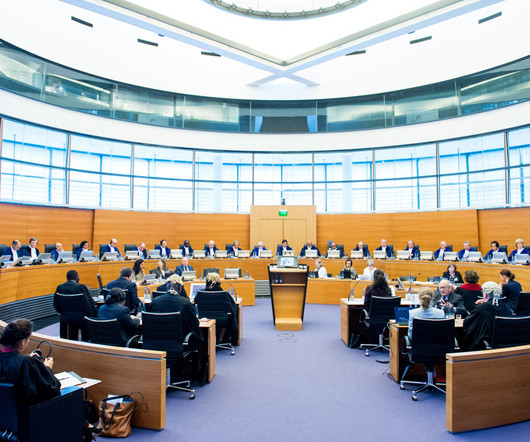

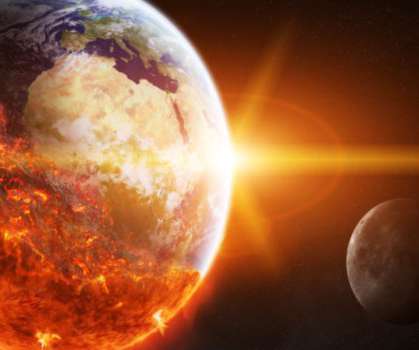
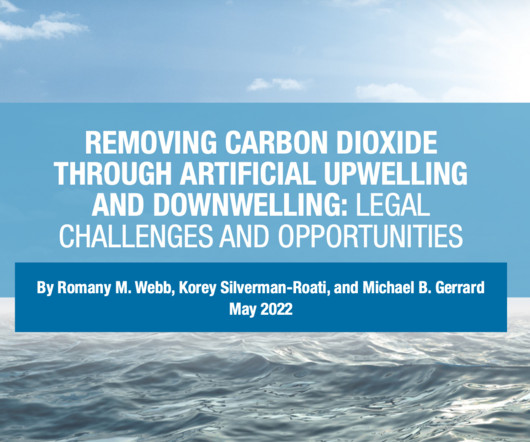



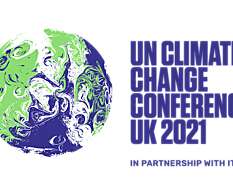


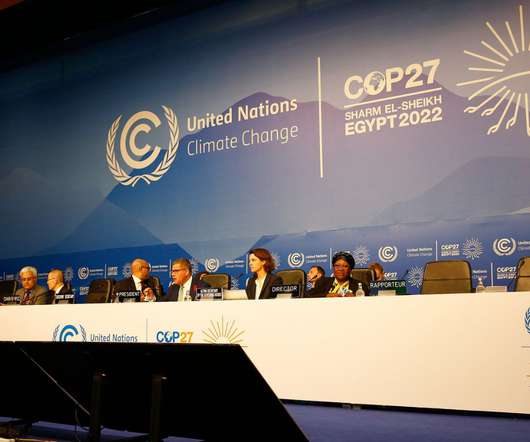








Let's personalize your content